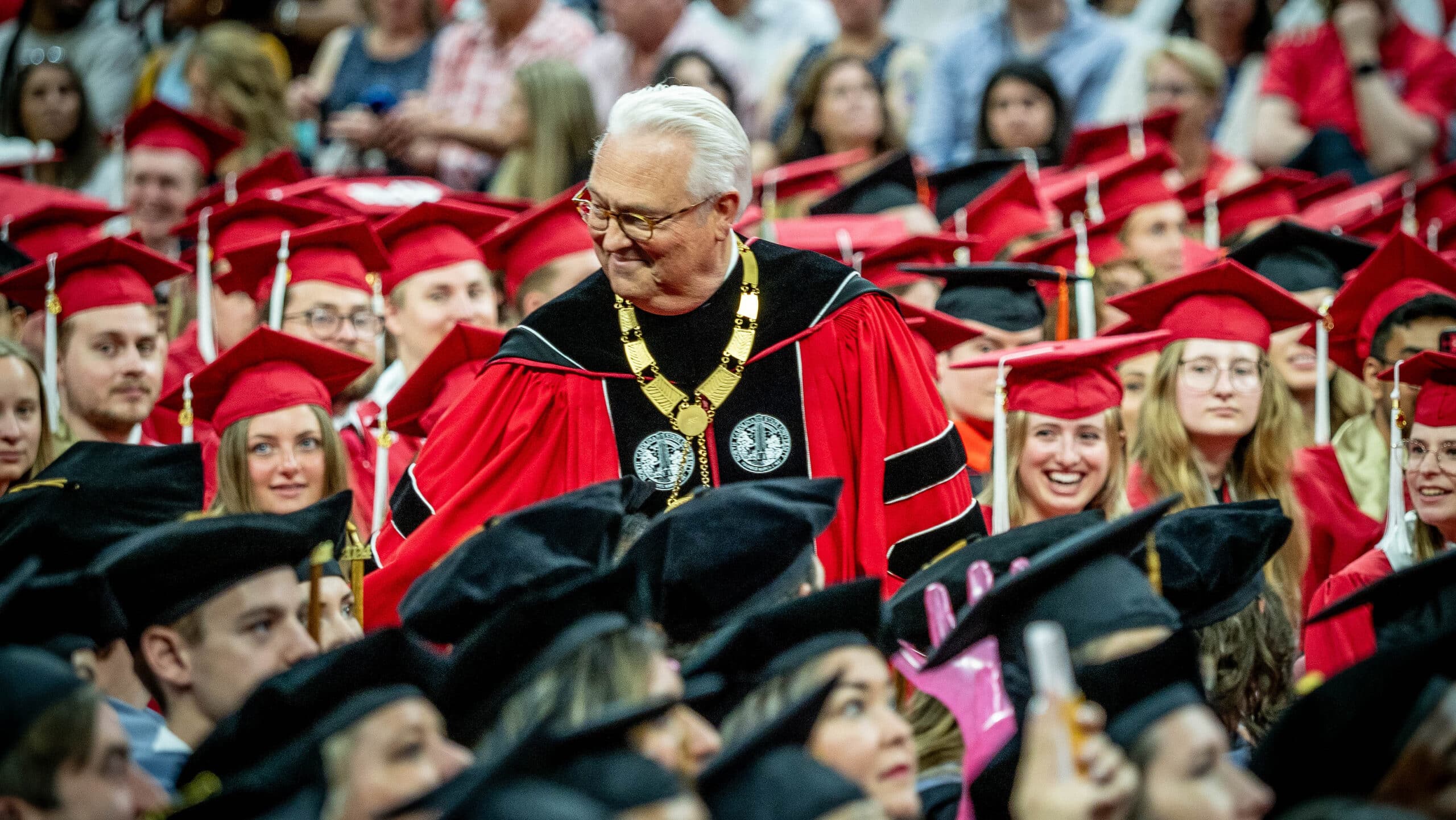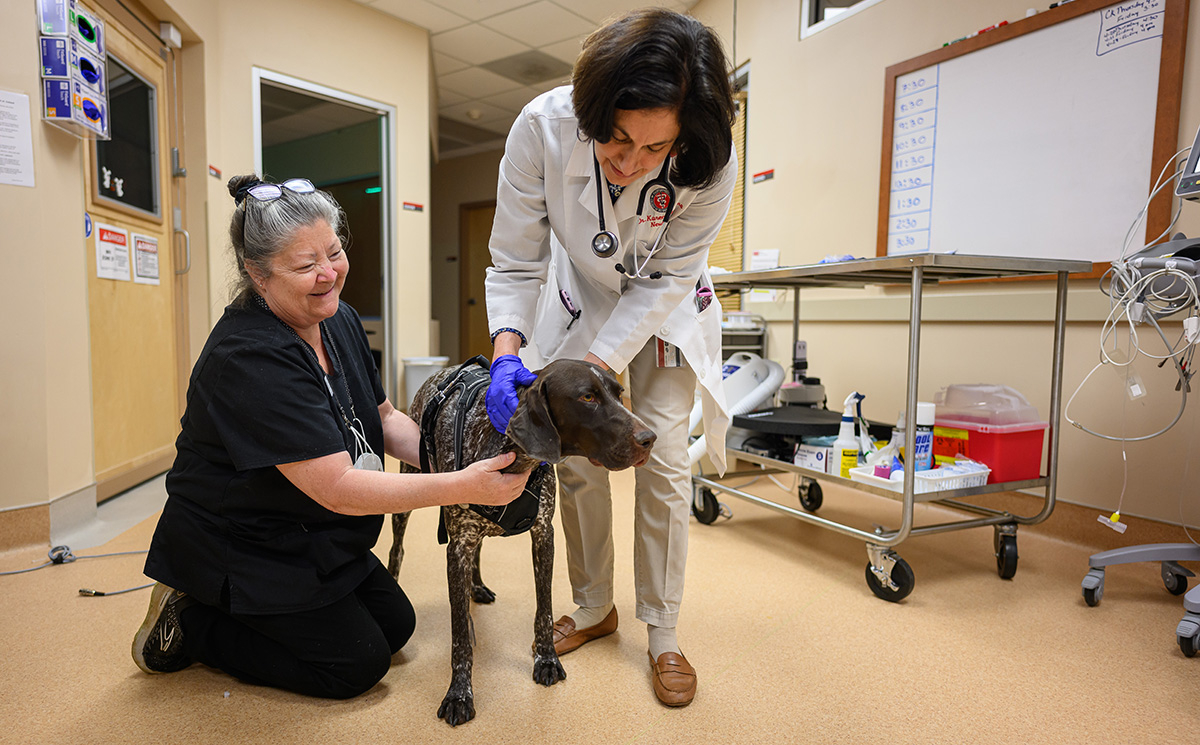Study in Stormy Weather
Fueled by fast food and five hours of sleep, the VORTEX2 team has chased tornadoes from West Texas to South Dakota over the last two summers.
What really drives Dr. Matthew Parker and his graduate students is the desire to unlock the mysteries of severe weather.
“When it comes to tornado warnings and watches, there’s still a look-and-see approach, based on spotting reports and Doppler radar data that show strong rotation,” says Parker, an associate professor of marine, earth and atmospheric sciences. “We’re not skilled at anticipating what will and won’t become a tornado.”
About 70 percent of the time warnings are given, there’s no tornado. But when a tornado does form, the average lead time is just 13 minutes—scant time to warn those in its path.
“What we need is more lead time and fewer false alarms,” Parker says.
Making Weather History
Parker and his team took part in the largest and most ambitious effort to understand tornadoes. VORTEX 2 is the second phase of the Verification of the Origins of Rotation in Tornadoes Experiment funded by the National Oceanic and Atmospheric Administration and the National Science Foundation. The original project, which ran from 1994 to 1995, was the first to document the life cycle of a tornado.
“Some of the people working this year as principal investigators were graduate students or undergrads with VORTEX the first time out,” says Casey Letkewicz, a doctoral student who’s been on the 2009 and 2010 teams. “It’s exciting to hear how the project originally worked and how they’ve improved it.”

The daily challenge was getting teams in position to launch weather balloons into storms that can move up to 50 miles per hour. The balloons carry radiosonde equipment to measure temperature, relative humidity, air pressure and wind. The devices transmit their measurements back to the teams on the ground who are following the storm’s progress.
In addition to data for her thesis, Letkewicz has plenty of storm stories to share. The most dramatic was the time a lost Internet connection allowed her to end up within a mile of a second tornado—one that the team wasn’t tracking. And there was the battery charging mishap, when a blown fuse caused a vehicle to burst into flames at the end of a big chase day.
Data Driven
In the end, the team collected a wealth of data. So much, in fact, that Parker says researchers will spend the next decade digesting the results of 10 weeks of field work.
Unlike thrill-seekers who chase storms, researchers are as interested in the storms that didn’t become tornadoes as the ones that did.
“It’s not as sexy, but we can learn a lot from analyzing that,” Parker says.
Letkewicz is looking at 2009 results, which have undergone a careful quality check. Parker, who’s been fascinated with storms since childhood, still has a lot of questions about tornadoes. He wants to know how severe storms affect the environment as they form. And on a more philosophical note, he wonders if tornadoes have a function.
“They could be small-scale accidents in the atmosphere,” he says. “On the other hand, they could be a reaction to some fundamental imbalance in the atmosphere that we don’t yet understand.”
Armed with results from VORTEX2, he’ll have the opportunity to chase the answers.
- Categories:


